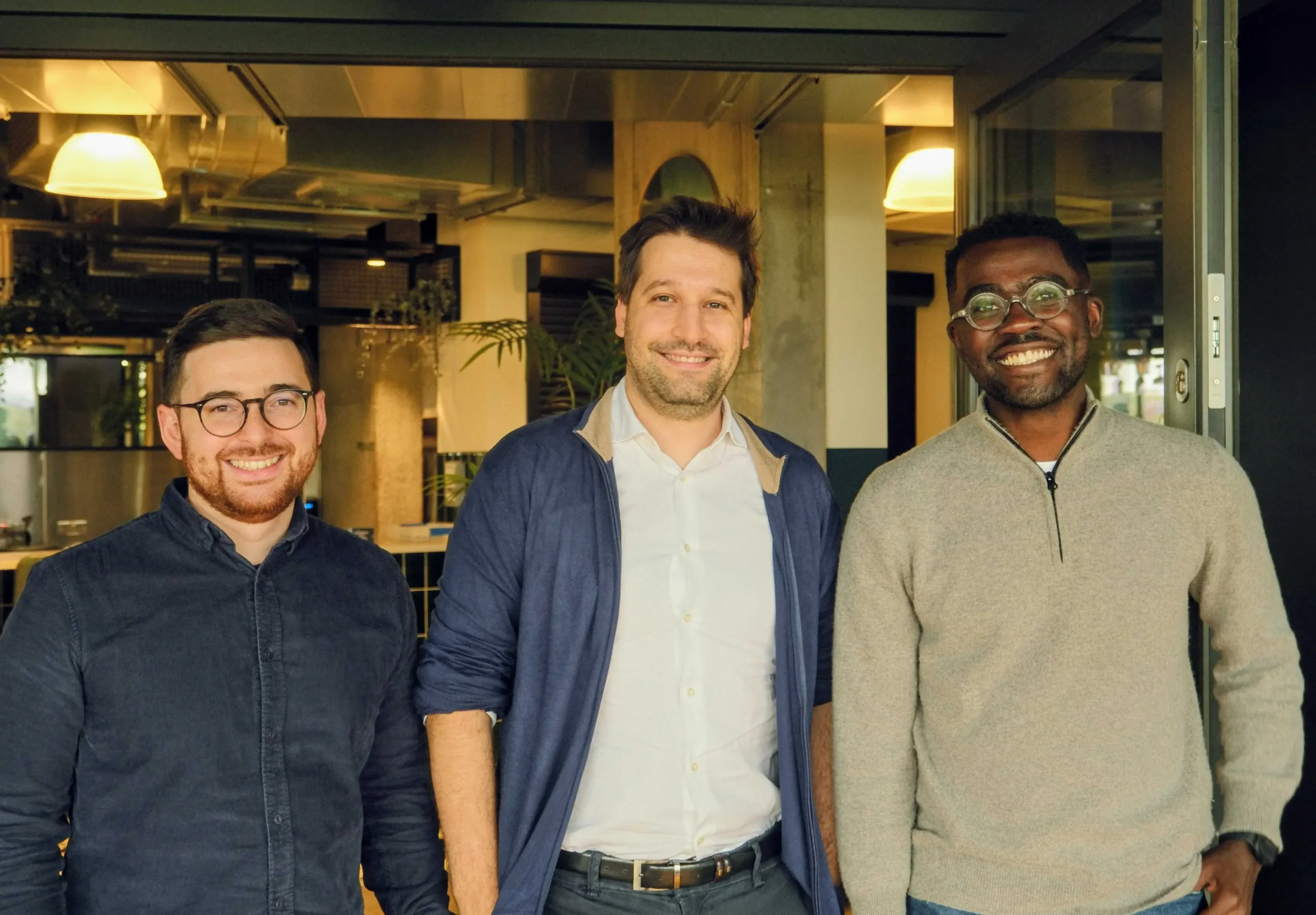
London-based PolyModels Hub has raised £7 million in Series A financing, led by Molten Ventures with participation from Marathon Venture Capital.
The company is developing a digital infrastructure designed to modernise how biopharmaceutical companies design, refine, and scale the processes that turn molecules into approved medicines.
Building the Operating System for Biopharma Process Development
PolyModels Hub’s flagship platform, ModelFlow, brings together process knowledge, AI and physics-based modelling, simulation tools, and automated workflows into a unified environment. Instead of relying on long, experiment-heavy cycles, scientists can design and optimise bioprocesses virtually—reducing development timelines, costs, and compliance risk.
The platform is already in use with several major pharmaceutical companies. According to CEO and co-founder Antonio Benedetti, the technology has shown measurable impact within only 18 months of deployment and is now being rolled out across global programs.
“Biopharma is rapidly entering a new digital era. We’re investing heavily in advanced biologics and expanding ModelFlow so scientists can finally work with the model-driven tools they need to bring 21st-century medicines to life,” Benedetti said.
Funding to Accelerate Product Expansion and Global Reach
The new investment will be used to grow PolyModels Hub’s engineering and product teams, enhance its core platform capabilities, and support deeper adoption within global pharmaceutical organizations.
The company plans to scale solutions for both process development and regulatory workflows, helping biopharma companies advance their digital transformation and deliver new treatments faster and more reliably.
About PolyModels Hub
Founded in 2023, PolyModels Hub develops software that serves as the digital backbone for biopharma process development. Its platform, ModelFlow, merges scientific data, AI and physics-based models, and enterprise workflows to help R&D and manufacturing teams design, simulate, and optimise drug processes far more efficiently than traditional laboratory-first approaches.


